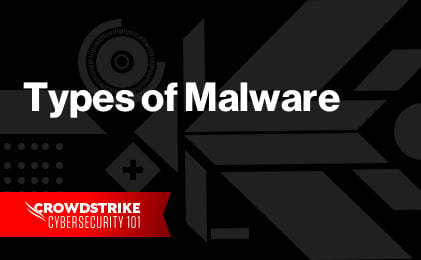... and that's a good thing.
But, in browsing, I came across a page (that will try to sell you stuff) that details the various definitions for types of malware. It was a pretty good link - for an 'executive summary' type of deal. I expect most of us to know all about these - and even get the definitions 'close enough'.

 www.crowdstrike.com
www.crowdstrike.com
It's a long story, but Crowdstrike supports automobile racing. I tend to look at the various sponsors that might offer something of interest to me. After all, they sponsor something important to me. In return, I look to see if their products are useful and desirable to me. It's a thing I do...
So, there's a handy list. Scrolling down may prove to be informative.
But, in browsing, I came across a page (that will try to sell you stuff) that details the various definitions for types of malware. It was a pretty good link - for an 'executive summary' type of deal. I expect most of us to know all about these - and even get the definitions 'close enough'.

12 Types of Malware + Examples That You Should Know
Learn how to classify the different types of malware, how each type gains access to networks, & what happens when they do. Top 11 malware types listed here.
It's a long story, but Crowdstrike supports automobile racing. I tend to look at the various sponsors that might offer something of interest to me. After all, they sponsor something important to me. In return, I look to see if their products are useful and desirable to me. It's a thing I do...
So, there's a handy list. Scrolling down may prove to be informative.


